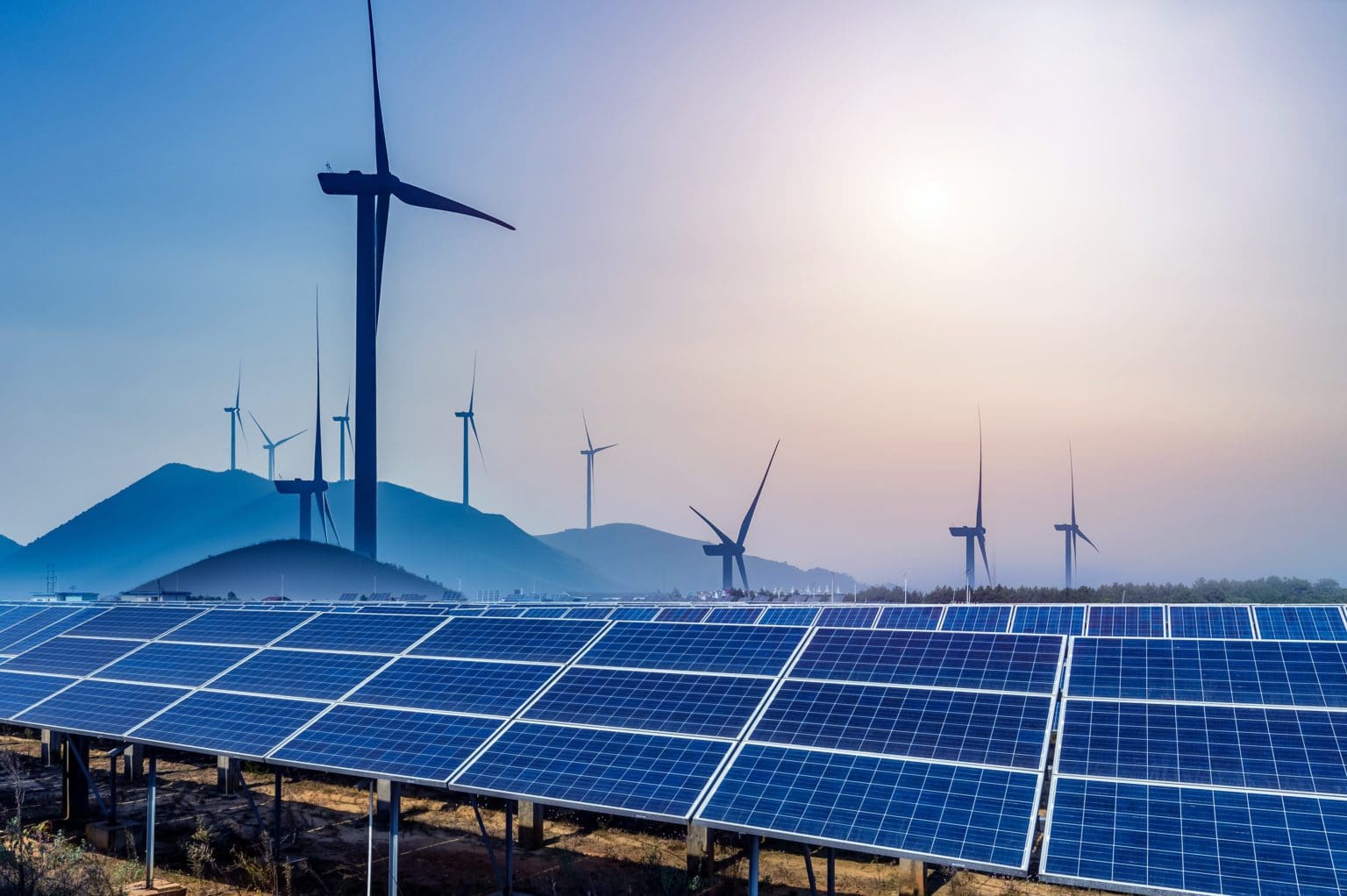The Hungarian solar industry has undergone significant development, experiencing its largest expansion last year, when 1.6 gigawatts of solar power were successfully installed, Minister of Energy Csaba Lantos stated at a press briefing in Brussels on Monday.
Lantos, who participated in the meeting of energy ministers of EU member states, noted that by the beginning of this year,
Hungary had already surpassed six gigawatts of solar capacity in operation.
He added that last year, they achieved a milestone as 18 per cent of the electricity generated came from solar panels, placing Hungary second in the EU in this comparison. He emphasized that the target of six gigawatts had originally been set to be achieved by 2030, however, since Hungary had already reached this goal, they have raised the target to twelve gigawatts by the end of the same period.
In line with this, the government has announced various programmes and grants, one of which is the Solar Energy Plus programme, aimed at supporting families in the production and storage of green energy. He pointed out the need for balancing capacity alongside solar energy to store the generated electricity. The minister noted that to achieve the EU’s climate goals by 2050, an annual production of 80–90 gigawatts of solar power is required, yet the EU is only producing 2 gigawatts. He believes that Europe should not compete with American or Chinese manufacturing but rather ensure its competitiveness in this field through innovative technology.
Lantos drew attention to the fact that Hungary, along with the Czech Republic, Slovakia, and Austria, has written to the European Commission because the transit fee introduced by Germany for Russian gas increases costs and jeopardizes the competitiveness of the industries of these countries. ‘Our position is that
no one should introduce measures that force higher costs, especially unjustifiably for individual member states.
We also support the diversification of gas supply, but not at the expense of putting others in a disadvantageous position,’ the minister emphasized.
Regarding the future of nuclear energy, he stated that in recent years, the EU has supported the sector with much fewer resources. However, partly due to the impact of climate change, nuclear energy has been classified as green energy in the EU’s taxonomy regulation, and new grants have been allocated to it. Under Hungary’s EU presidency, the question of how to reprocess the spent fuel of power plants will be on the agenda. The minister mentioned that Hungary supports the extension of the Russian–Ukrainian gas transit agreement, which expires at the end of 2024, despite the fact that Hungary’s supply is not currently ensured from this direction. ‘It is not a prominent security issue now, but it could become one,’ he declared. Lantos stated that gas demand reduction has worked well in the EU, stabilizing energy prices. The EU’s designated reduction rate was 15 per cent, and Hungary achieved 19 per cent. He pointed out that reducing gas demand is one of the EU’s experiments to exceed national competencies, so Hungary rejects the idea of having such a common measure of gas consumption in the Union in the future.
‘In contrast, there is no objection to the European Commission making recommendations, but we oppose any obligation when they interfere with national competence, as in the case of energy issues,’ the Minister of Energy concluded.
Related articles:
Sources: Hungarian Conservative/MTI








